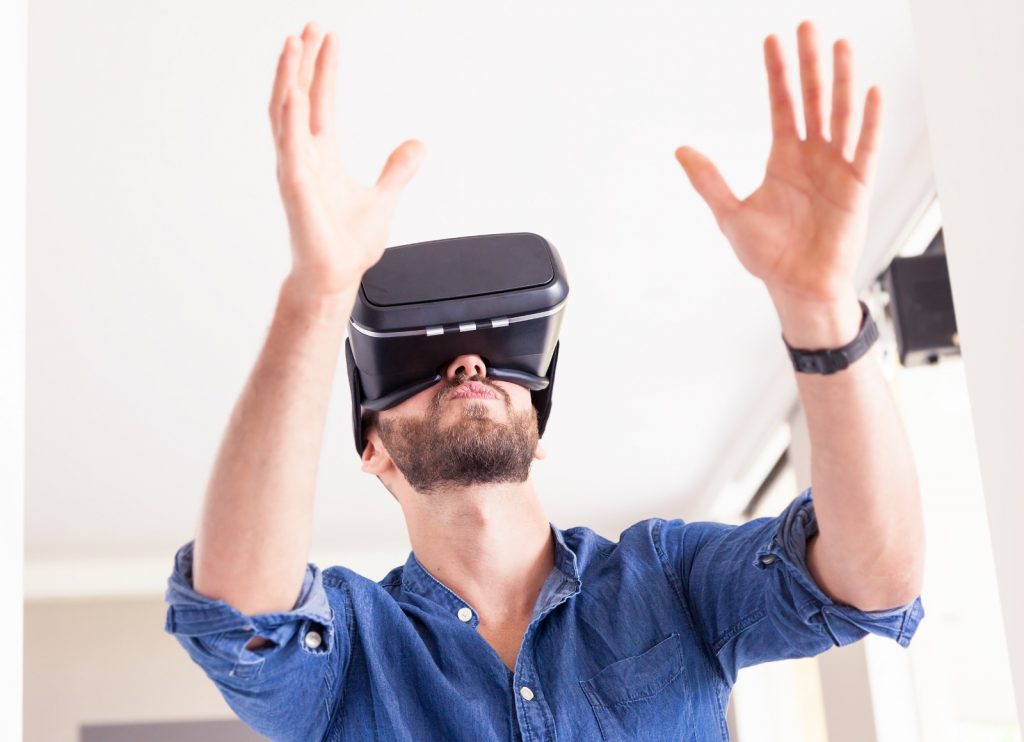Virtual Reality (VR) has transformed from a niche concept into a groundbreaking technology influencing multiple sectors worldwide. But what exactly is VR? Simply put, VR is a simulated experience that can be similar to or completely different from the real world, utilizing hardware and software to immerse users in a virtual environment. The importance of VR today cannot be overstated as it revolutionizes how we interact with digital content, from gaming and entertainment to education and healthcare.

Global Overview of the Virtual Reality Market
The global VR market has seen explosive growth over the past few years, driven by continuous technological advancements and increasing consumer demand. The global virtual reality (VR) market size is estimated to be USD 15.9 billion in 2024 and is projected to reach USD 38.0 billion by 2029, growing at a CAGR of 19.1% during the forecast period. Key drivers of this expansion include the rising adoption of VR in various industries, significant investments by major tech companies, and the advent of more affordable and sophisticated VR devices.
Major players in the VR industry include tech giants like Facebook (Meta), Sony, HTC, and Valve, each contributing to the market with innovative products and services that push the boundaries of virtual experiences.
North America: Leading the VR Revolution
North America stands at the forefront of the VR revolution, boasting the largest market share globally. The region’s market size is driven by a robust tech ecosystem, high consumer disposable income, and early adoption of new technologies. Key growth factors include substantial investments in VR startups, widespread usage in gaming and entertainment, and increasing applications in healthcare and education.
Major companies like Facebook (Meta) with its Oculus VR division, Google, and Microsoft are spearheading innovations in this region, continually enhancing VR technology and its applications.
Europe: A Growing Hub for VR Technology
Europe is rapidly emerging as a significant player in the VR market. The market size has been growing steadily, with countries like Germany, the UK, and France leading the charge. Influential factors driving growth include strong governmental support for technological innovation, a thriving gaming industry, and increasing use of VR in industrial applications.
Asia-Pacific: The Fastest Growing Market
Asia-Pacific is the fastest growing market for VR, with countries like China, Japan, and South Korea at the helm. The market dynamics here are driven by a tech-savvy population, substantial investments in technology infrastructure, and a booming gaming industry.
Key drivers of rapid growth include governmental initiatives supporting tech innovation, increasing consumer interest in immersive entertainment, and significant investments from companies like HTC, Samsung, and Tencent. These companies are not only advancing VR technology but are also exploring its applications in fields like education, retail, and real estate.
Latin America: Emerging Opportunities
Latin America is witnessing emerging opportunities in the VR market. Although still in its nascent stages compared to North America and Europe, the market is growing, with Brazil, Mexico, and Argentina showing promising potential.
Growth drivers include a rising middle class with increasing disposable income, growing internet penetration, and interest in new technologies. Challenges such as economic instability and limited infrastructure still exist, but notable companies and projects are paving the way for future growth.
Factors Driving the Growth of the VR Market Globally
Several factors are driving the global growth of the VR market. Technological advancements, such as more powerful and affordable VR hardware, are making VR accessible to a broader audience. Increasing adoption across various sectors, including gaming, healthcare, education, and real estate, is also propelling market growth. Moreover, significant investments and funding from venture capitalists and major tech firms are fueling innovation and expansion.
Challenges Facing the VR Market
Despite its growth, the VR market faces several challenges. High costs of VR equipment remain a barrier for widespread adoption, particularly in developing regions. Technical limitations, such as motion sickness and the need for high-performance hardware, can affect user experience. Additionally, regulatory and privacy concerns regarding data collected through VR devices pose significant hurdles that need addressing.
Future Trends in the VR Market
Looking ahead, the VR market is poised for remarkable growth across various regions. Emerging technologies such as augmented reality (AR) integration, improved haptic feedback, and cloud-based VR are set to revolutionize the industry. Predictions for market evolution include greater affordability of VR devices, increased adoption in enterprise settings, and the development of new applications that will make VR an integral part of everyday life.
The VR market is a dynamic and rapidly evolving industry with significant potential for growth across all regions. North America leads the market, with Europe and Asia-Pacific showing impressive growth. Latin America and the Middle East and Africa, though currently smaller markets, present emerging opportunities.
FAQs
What is Virtual Reality?
Virtual Reality (VR) is a technology that creates a simulated environment, allowing users to immerse themselves in a digital experience that can mimic or differ from the real world.
Which Region is Leading in VR Market Growth?
North America is currently leading the VR market growth, driven by significant investments, a strong tech ecosystem, and early adoption of VR technologies.
What are the Main Challenges Facing the VR Market?
The main challenges include the high costs of VR equipment, technical limitations affecting user experience, and regulatory and privacy concerns.
How is VR Being Used in Different Industries?
VR is used in various industries such as gaming, healthcare, education, real estate, and entertainment, enhancing user experiences, training, and simulations.
What Can We Expect from the Future of VR?
The future of VR includes advancements in AR integration, improved haptic feedback, cloud-based VR solutions, greater affordability, and broader adoption across different sectors.
